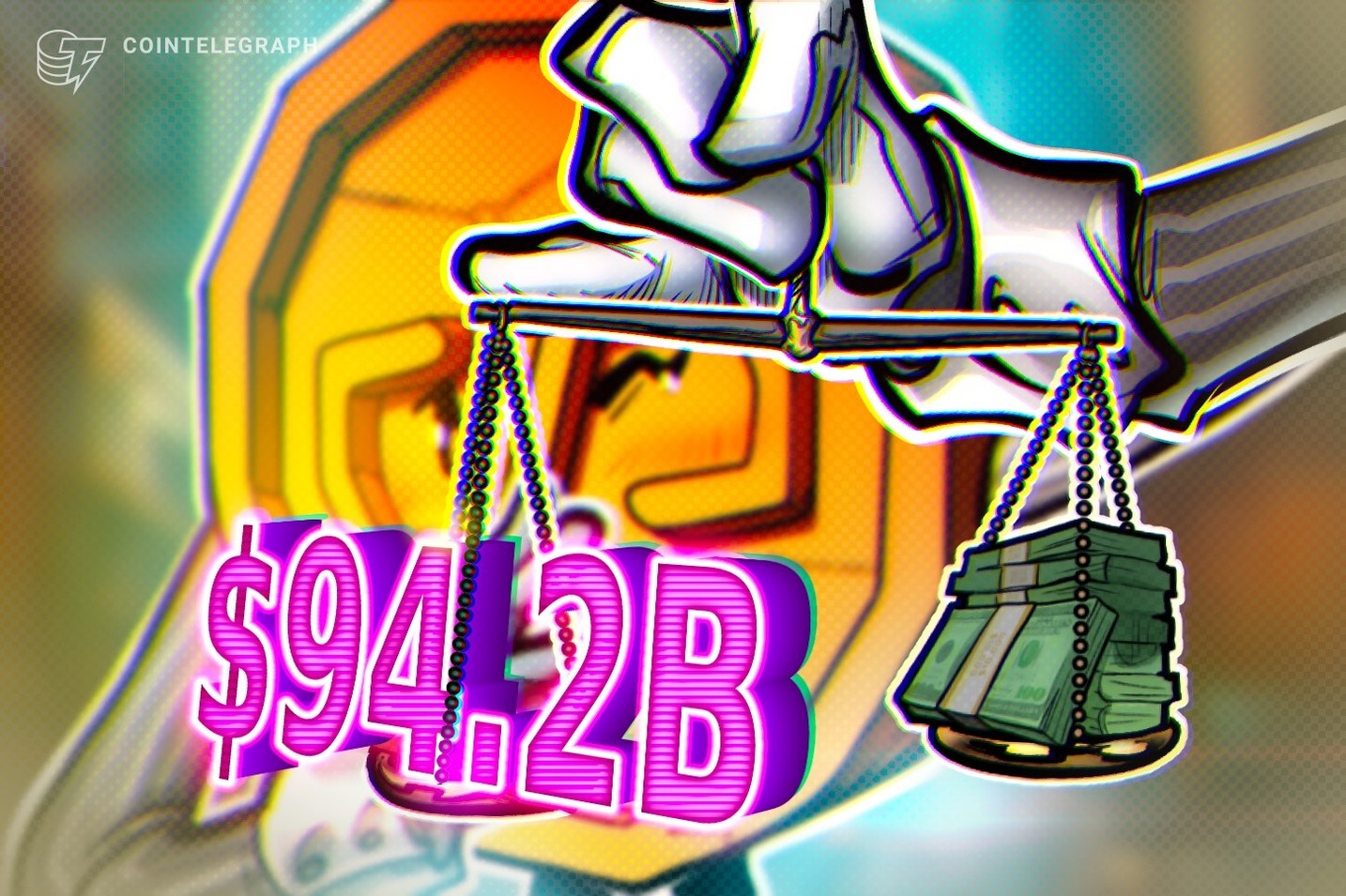Landmark Crypto Legislation Introduced in Congress—CLARITY Act Ushers in Golden Age
Stablecoin payment volume reaches $94B, driven by B2B Transfers
Business-to-business transactions and card-linked stablecoin payments have grown, while Tether’s USDt has established dominance.

News
Stablecoins are gaining ground as a reliable tool for digital payments. New data from Artemis shows that $94.2 billion in stablecoin transactions were settled between January 2023 and February 2025.
The report shed light on a few specific rising areas for stablecoin payments. Business-to-business transactions made up the largest block, accounting for an annual run rate of $36 billion. Card-linked stablecoin payments have also grown, jumping above $13.2 billion in annual volume.
“Overall, stablecoins have established themselves as growing and significant components of the global payment infrastructure,” the report notes.
Crypto users preferred Tether’s USDt (USDT) for payments over any other stablecoin, with Circle’s USDC (USDC) coming in a distant, but established second position.
Of the blockchains used for stablecoin payments, Tron and Ethereum ranked first and second respectively, with Binance Smart Chain coming in third. Tron and Ethereum are also notable in that the average business-to-business (B2B) transaction sizes for both chains exceeded $219,000. B2B transaction sizes on other blockchains were much smaller.
Related: Conduit raises $36M for stablecoin, fiat cross-border payment network
According to DefiLlama, the stablecoin market cap reached $247.3 billion on May 29, a growth of 54.5% in the past 12 months. The usefulness of stablecoins for cross-border payments, remittances and commerce has attracted more than just crypto enthusiasts; governments and banks have taken notice as well.
In the United States, lawmakers are trying to pass legislation that would regulate these assets, hoping to establish dollar dominance in the digital economy. The United Arab Emirates and European Union have already done so, permitting certain stablecoin issuers to operate in these areas.
According to a Wall Street Journal report, big banks in the US are in early talks about the possibility of launching a joint crypto stablecoin. Companies have gotten into the game as well. On May 7, payments platform Stripe introduced stablecoin accounts to users in over 100 countries.
Demand for a variety of this crypto asset could grow as well. At Token2049, Fireblocks policy chief Dea Markova told Cointelegraph that governments outside the US are growing increasingly interested in non-dollar-backed stablecoins.
Magazine: Legal Panel: Crypto wanted to overthrow banks, now it’s becoming them in stablecoin fight





